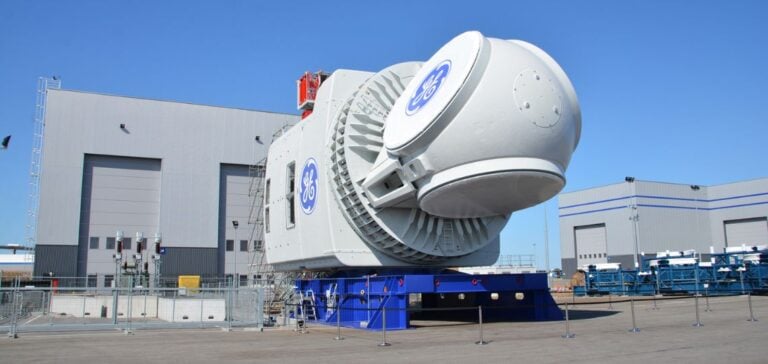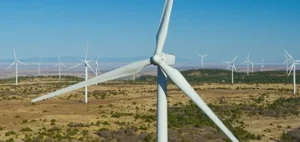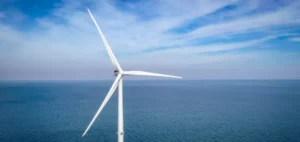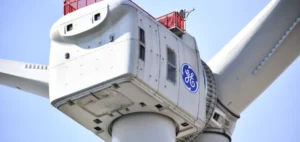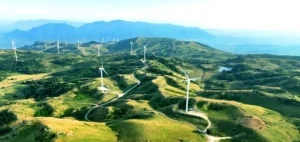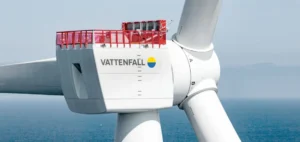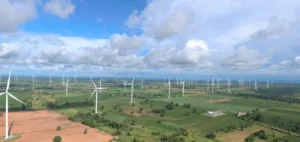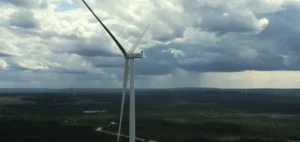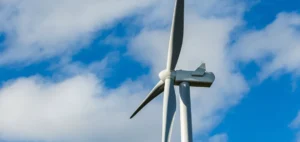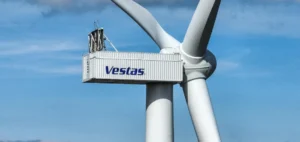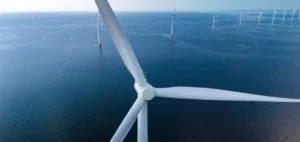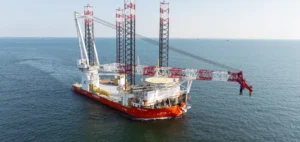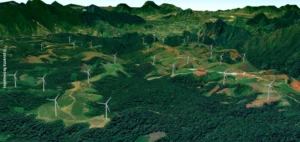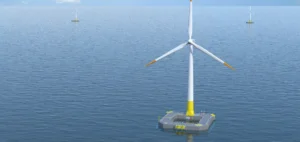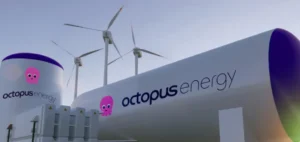General Electric, via its GE Vernova division, has announced a reduction of almost half the workforce at its Montoir-de-Bretagne site. This decision, reducing the number of employees from 939 to 489, highlights the economic and logistical pressures facing the sector. Management tries to reassure in a climate of uncertainty. In particular, it specifies that open-ended contracts (CDI) remain intact.
The company justifies these cuts by the need to adapt to a difficult environment, marked by delays in the delivery of key components such as wind turbine nacelles. The direct repercussion of these delays is an unprecedented build-up of stock at the Montoir-de-Bretagne site, exacerbating tensions between management and employees worried about their future.
Impacts and reactions
The ramifications of this restructuring are manifold. They affect not only the individuals directly concerned, but also the entire French wind energy sector. The downsizing at GE Vernova is a wake-up call to the challenges that need to be met to ensure the long-term viability of the wind power industry in France. Among these is the issue of logistical delays, particularly to key destinations such as the North Sea, which is at the root of excessive nacelle storage. These underline the fragility of supply chains, and the need for logistics optimization.
The announcement sent shockwaves through employees and unions, particularly the CGT. The political reaction was equally swift. In particular, LFI MP Matthias Tavel expresses his concerns about the economic and social repercussions of this decision. A meeting is scheduled to discuss next steps, in an effort to find common ground between management and worker representatives.
The situation at GE Vernova in Montoir-de-Bretagne illustrates the challenges inherent in the wind energy industry, which is confronted with constraining economic and logistical realities. This development raises fundamental questions about companies’ adaptation strategies in a sector that is crucial to the energy transition.


